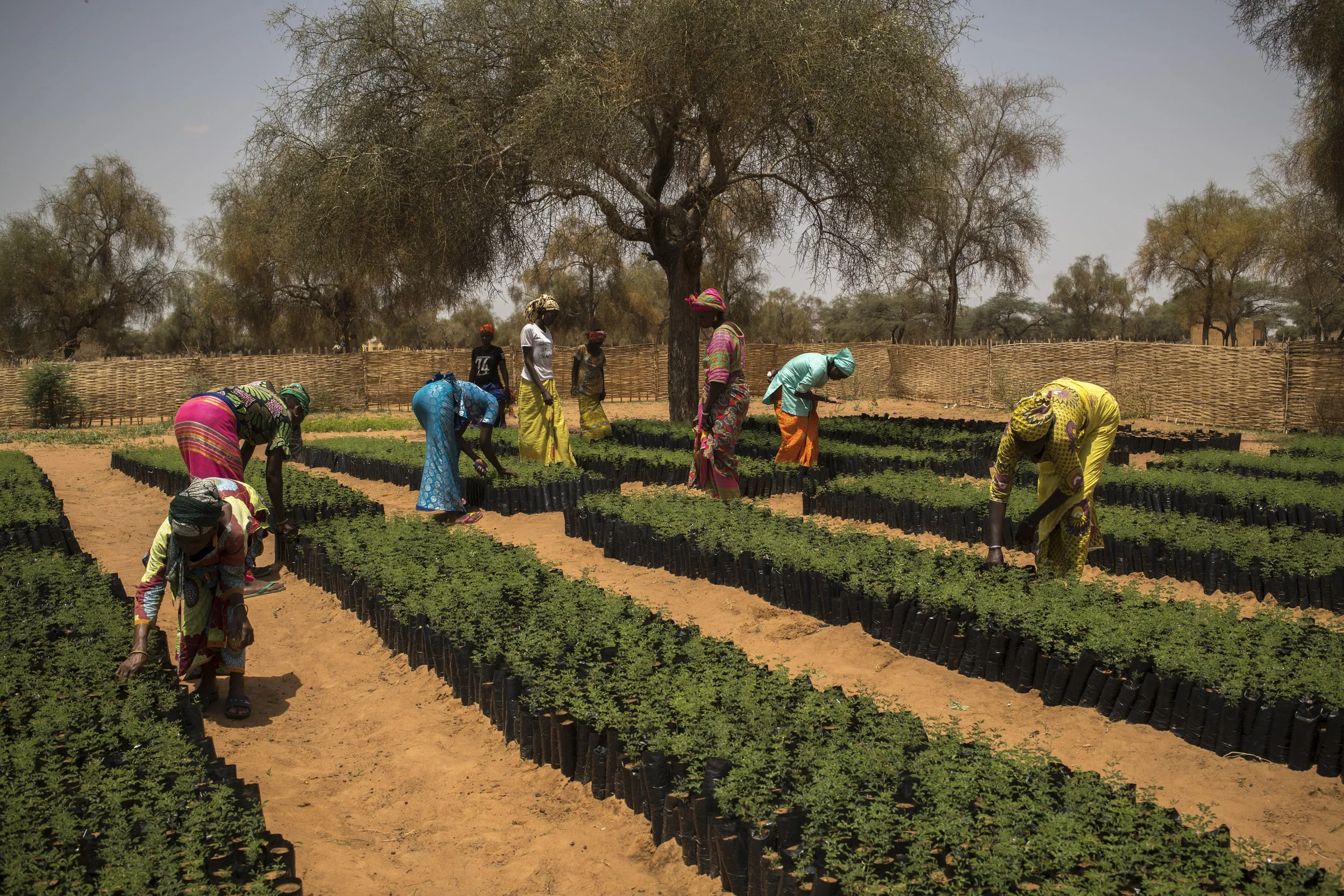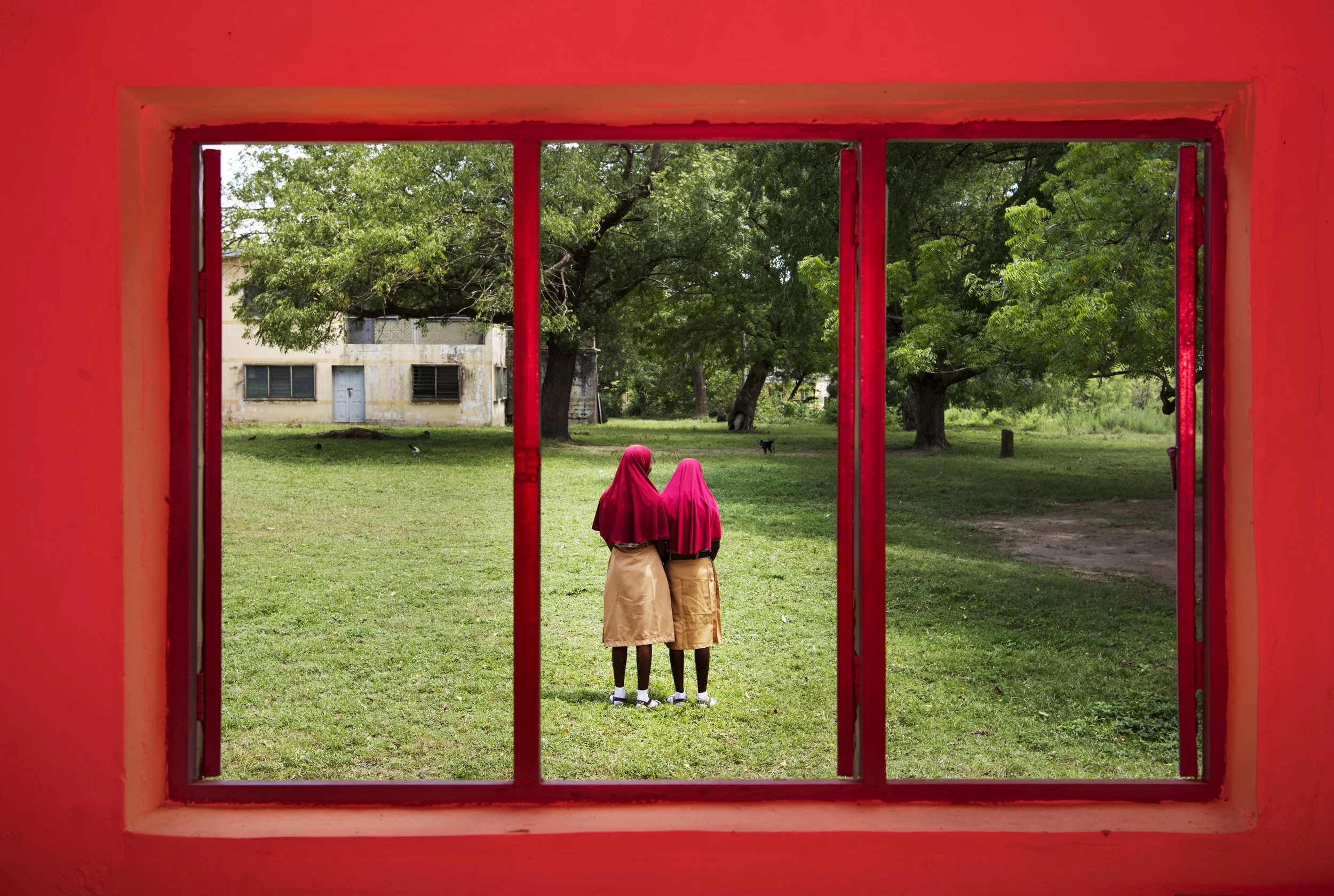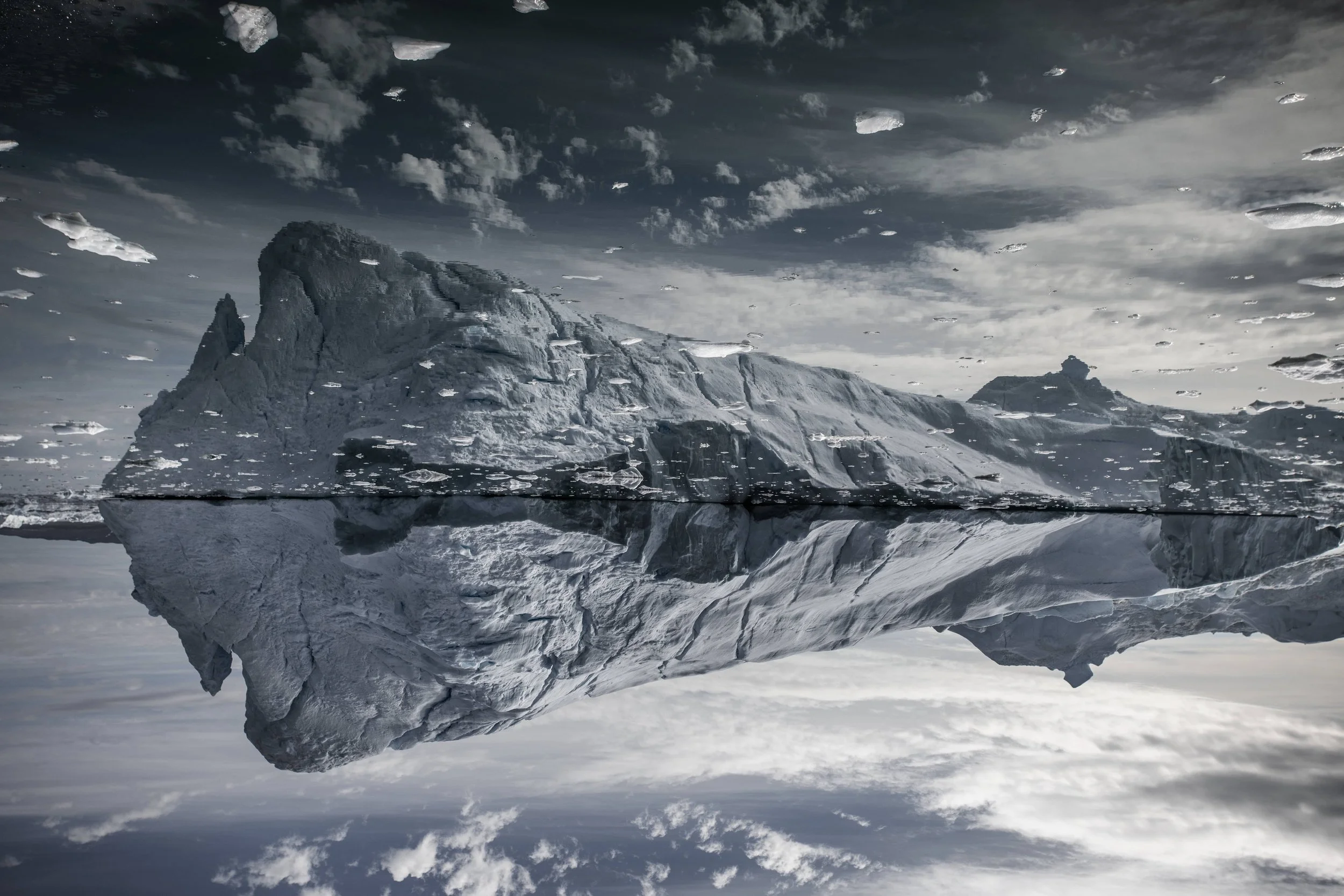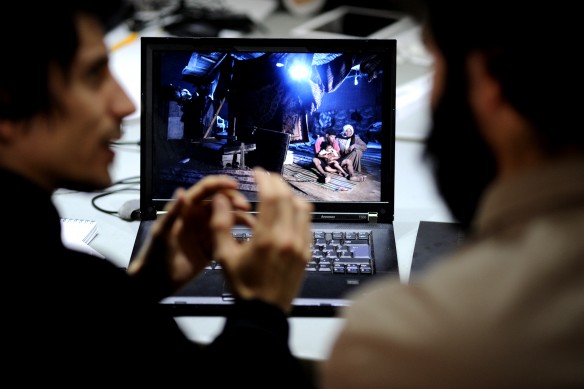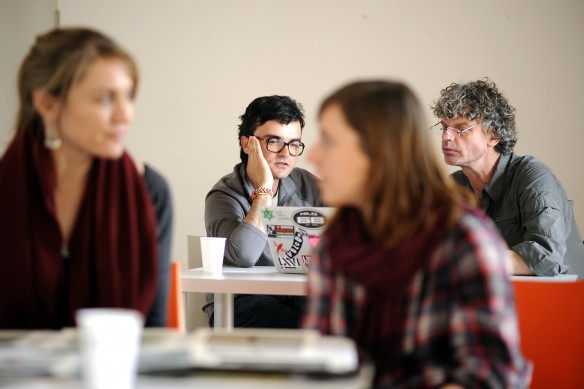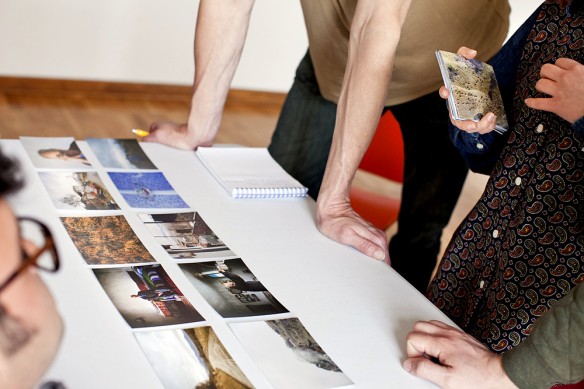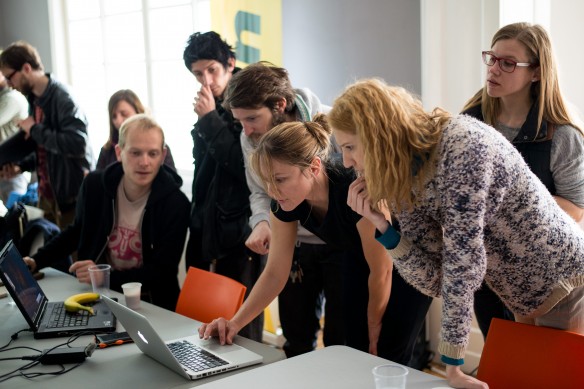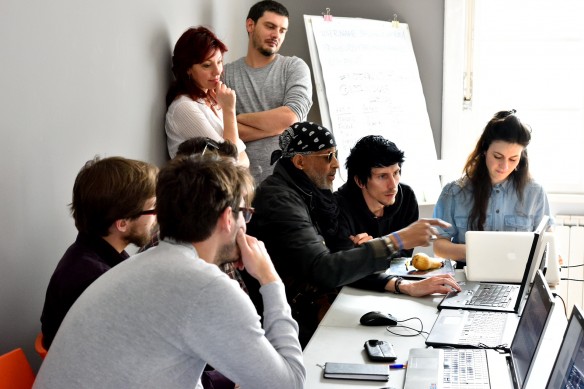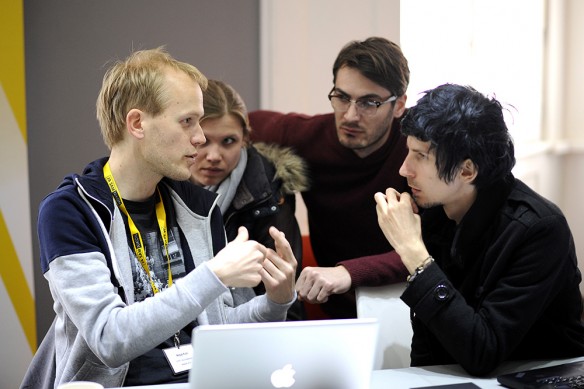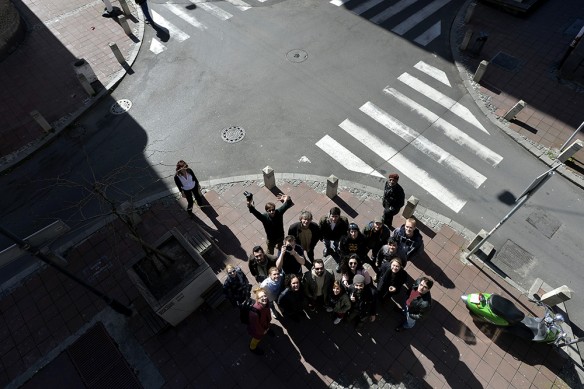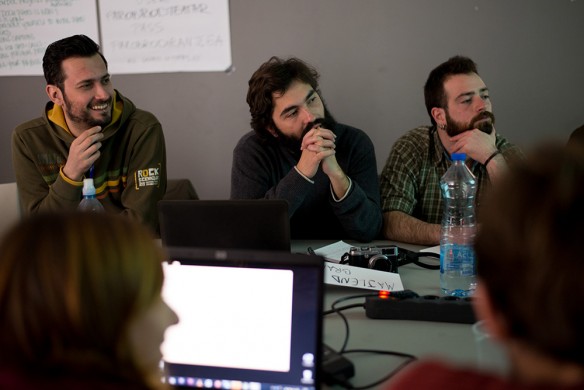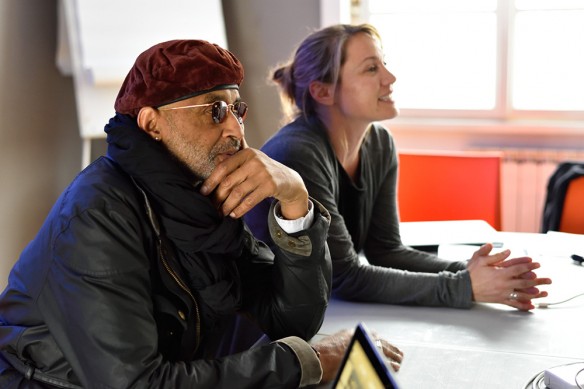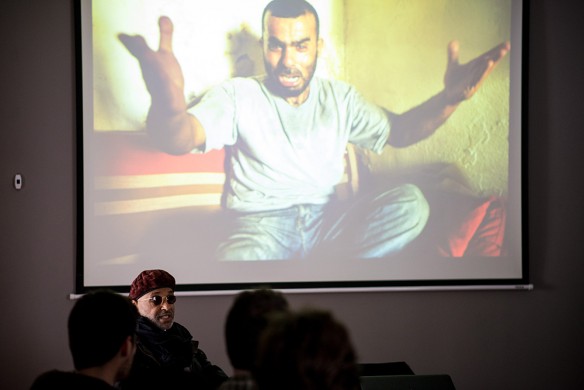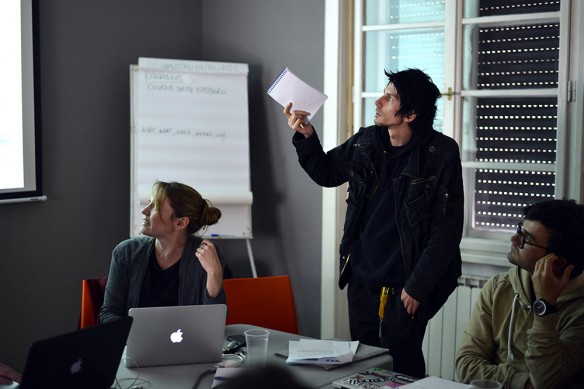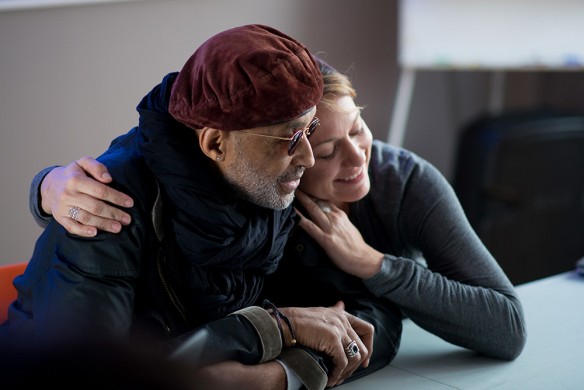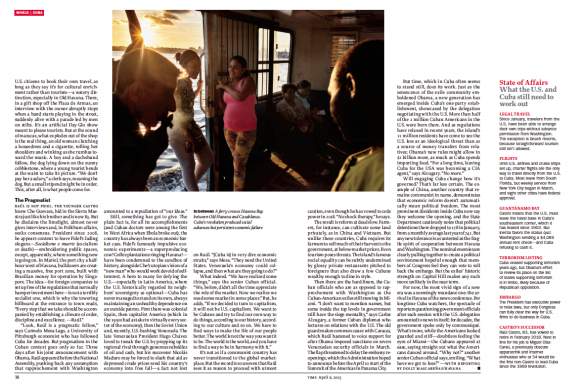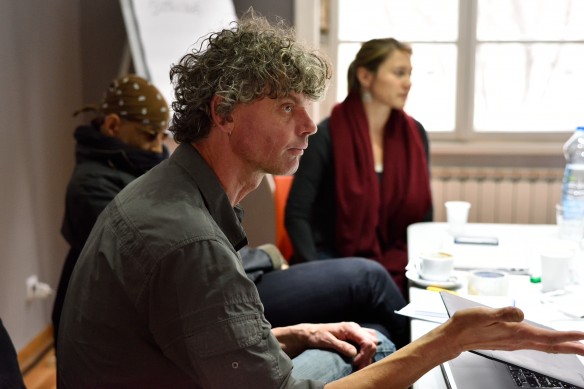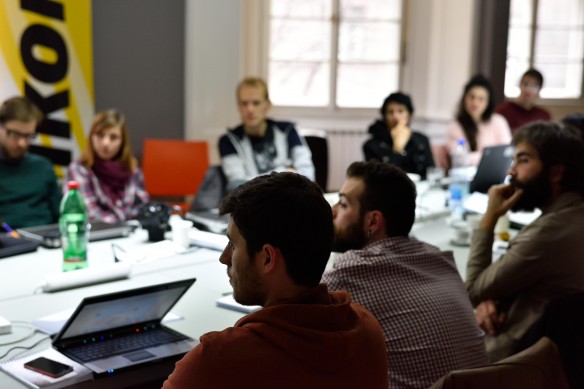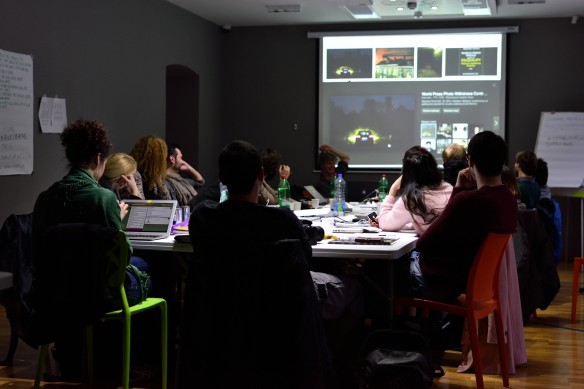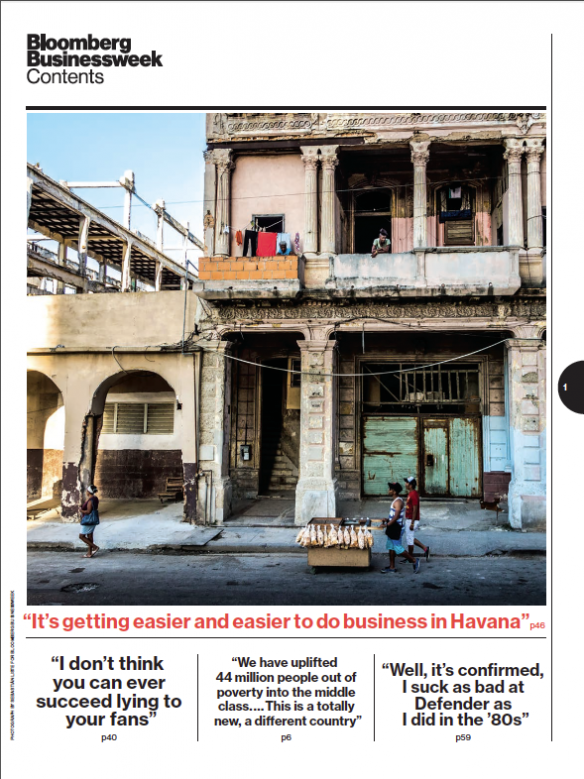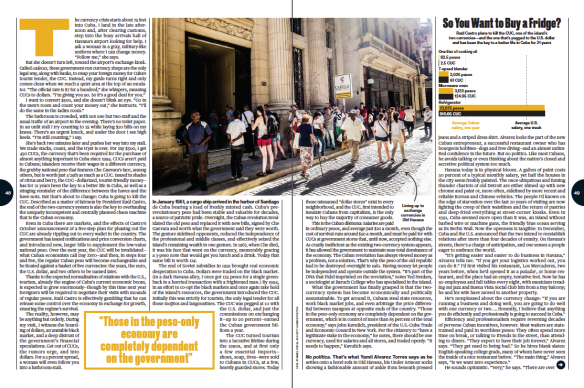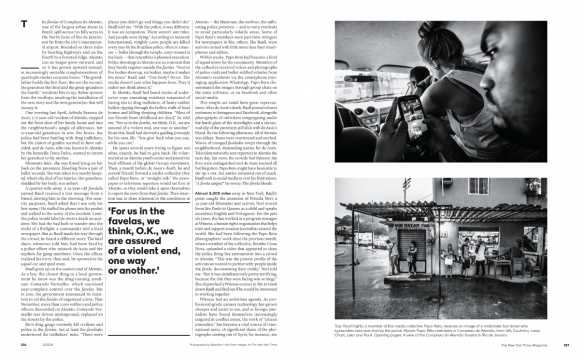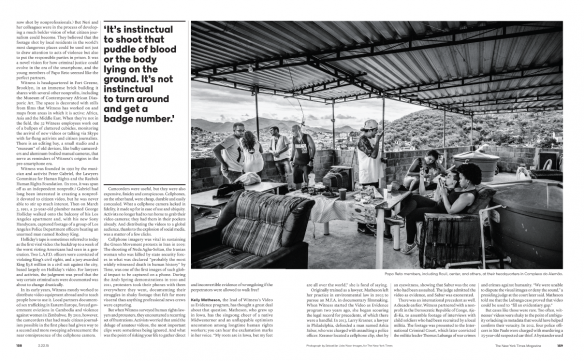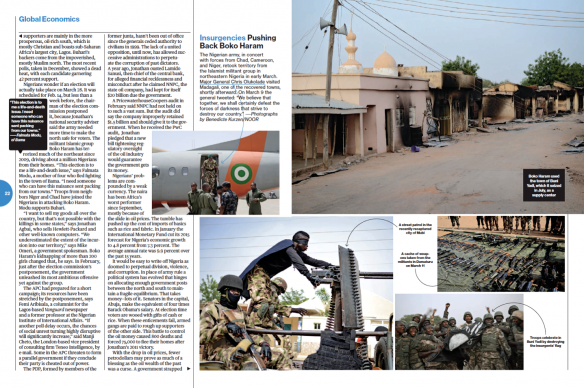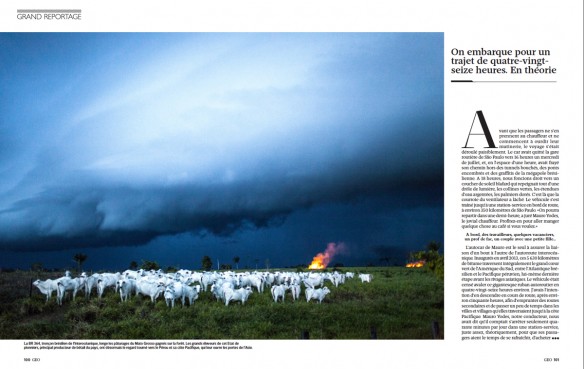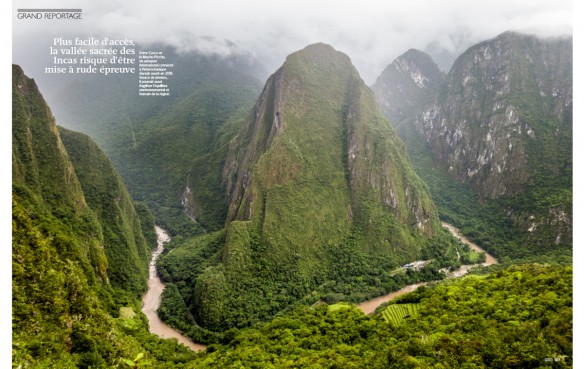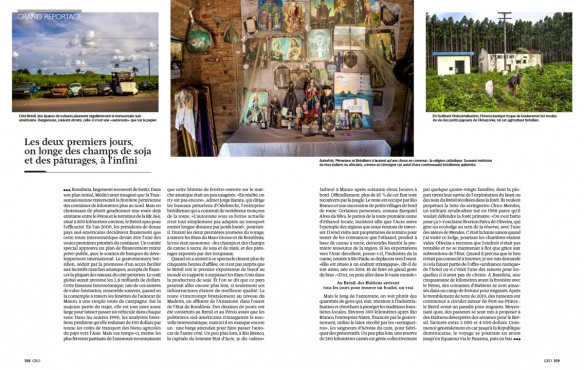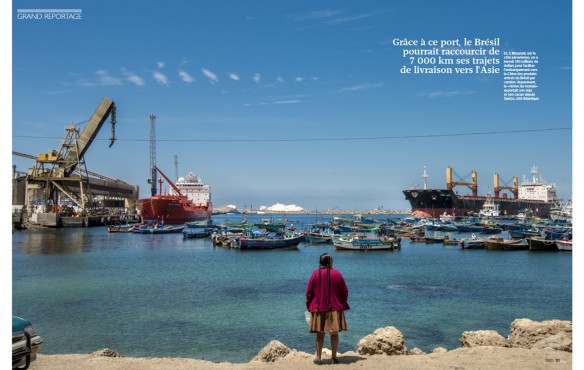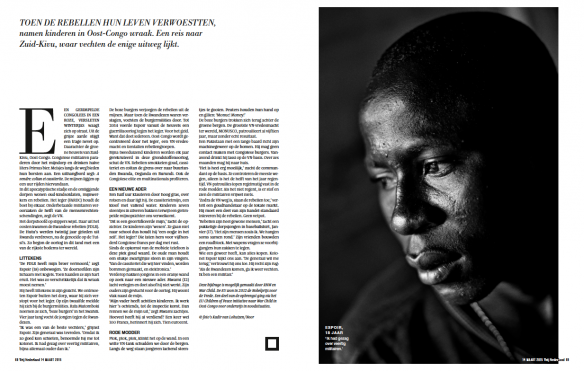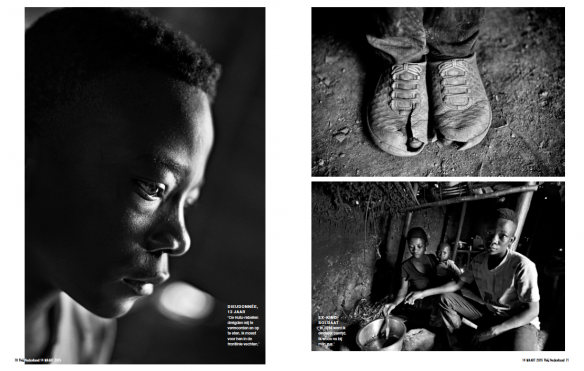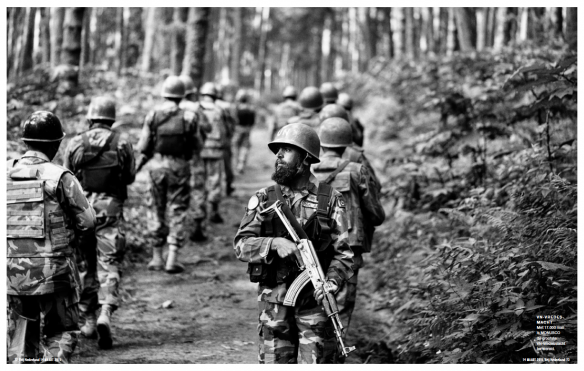Matic Zorman (Slovenia) shares his work with Majlend Bramo (Albania). Photo: Kamerades
Editing and visual storytelling were central to the NOOR-Nikon Masterclass in Belgrade. Before meeting together, all fifteen participants shot and edited an assignment on the theme ‘Remains.’ This work went under the microscope for serious editing by both peers and the tutors throughout the week. The NOOR photographers also shared their own experiences, struggles and strategies for putting together good edits for different purposes.
After each participant had a one-on-one portfolio review with each tutor, we sat down for a little recap. Andrea, Stanley and Kadir gave the participants feedback that they needed to work on their sequencing and push deeper into the story. Andrea told the participants, “A story has to be about more than just a topic, it also needs to be about an emotion. Make sure you use your tools to portray a feeling, not just the subject.”
Kadir added, “When you work as a documentary photographer, you are also an author, editor and producer.” He explained that a lot of photographers focus their time and effort on shooting and don’t pay enough attention to sequencing and captioning. As much as possible, Kadir spends about equal time shooting as he does prepping the files and putting together the story selection and sequence. He encouraged the participants to “Challenge your viewer – for instance, maybe you don’t want to use an establishing shot to start your sequence.”
Over our days together in Belgrade, all of the NOOR photographers pulled back the curtain on their practice to show participants what kinds of preparations they do, questions they ask themselves and challenges they face. For instance, Kadir also took the participants through an a-z, shooting to publication process for a recent story. He discussed working with the NGO on the ground, how the access and lighting conditions shaped his shooting approach, then walked us through the different selects he made for the NGO partner, versus his select as for pitching the story for the editorial market – eventually showing us what was published.
Stanley showed an unpublished recent series of work, which he was frank about his struggle with the edit and sharing the work. He encouraged participants to “Share your work with your trusted colleagues. If you stay to close to your work you can stagnate. Along with being a support system, your colleagues can help give you fresh perspective.”
- Asmara Pelupessy, Associate Editor, NOOR


